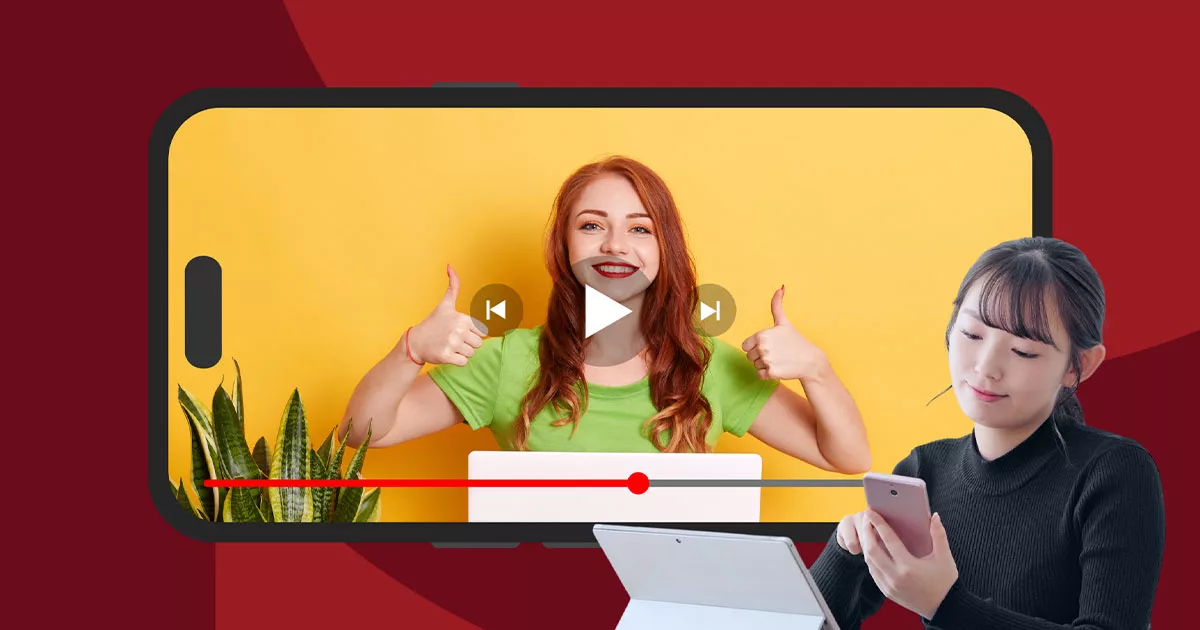By Wyatt Dojutrek
Admit it: there is nothing more boring than plain text. Studies have shown that the human brain prefers visualized content over plain text. According to recent studies, viewers retain 95 percent of a message delivered through video, compared to just 10 percent when viewing text only. Human beings are simply wired to be more focused when visual elements are involved, rather of just seeing letters on a screen.
The same thought process applies to marketing, which just reinforces the power of video content. Here are some strategies to keep in mind when adding video to your content strategy:
• Choose the best platforms: Who are you trying to reach, and which platforms are they on? Always do research to know your audience better. Thinking in their shoes gives you a basic idea of where to release your videos, which helps build a solid basis for optimizing impressions and engagement.
• Use subtitles: This is only just for accessibility. Many are moving away from the traditional ways of watching videos through a laptop or desktop computer, choosing instead, to view from a smartphone and doing so, without headphones. A recent study shows that half of surveyed Americans watch content with subtitles, most of the time.
• B-Roll is your friend: It’s harder to stay engaged in a video with the same shot repeatedly; using b-roll is a good way to continuously change what the viewer is seeing yet simultaneously, continuing the story line you are telling.
• If equipment costs scare you, use a smartphone: Don’t be intimidated by cameras, lenses, and tripods. Start with your phone. Smartphones today are designed to have excellent cameras for content creation. In addition, don’t be scared by the idea of video editing. You can find many handy apps, such as user-friendly tool Canva, that allow you to edit clips on the phone.
• Choose the best orientation: Each platform has its preferred orientation. For Instagram Stories, Reels and TikTok, vertical videos are generally better since they give users a full-screen experience. However, make your clips horizontal if you plan to post on YouTube or Vimeo.
Also, consider the content in your videos. While lighthearted videos are good in either vertical or horizontal orientation, serious or highly informative ones are ideally horizontal for an optimized viewing experience, as the viewer can see more details on a full, horizontal screen.
• Track performance and learn from the stats: Like any communication strategy, you don’t stop tracking after a video is released online. Make sure to check out the performance report to learn from both successes and failures. When’s the best time to post? What types of videos are more likely to receive likes, shares, and comments? How can you do better next time? Keep asking yourself these questions and keep optimizing your content.
Finally, let’s remember this: despite its power and dominance on social media, video is not a cure-all. Maintaining various content methods in your communication, such as photographs and infographics, is essential. It’s also worth re-emphasizing the importance of using the right platforms. While the video does create a more intimate connection with the viewer, posting videos continuously on non-video-centric platforms, can lead to a poor viewer experience and thus result lower engagement.






